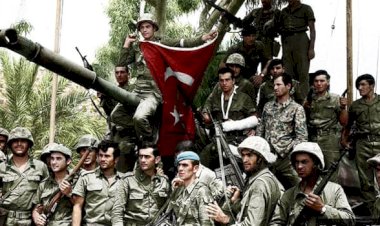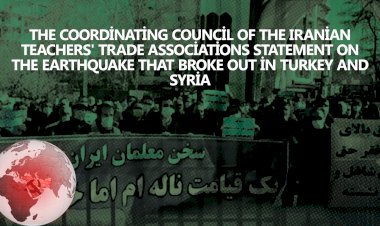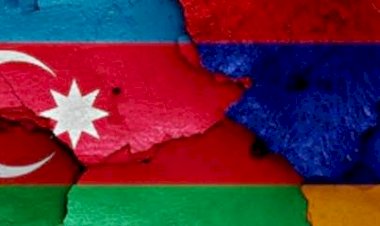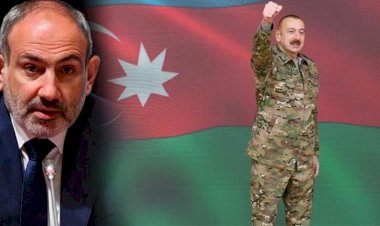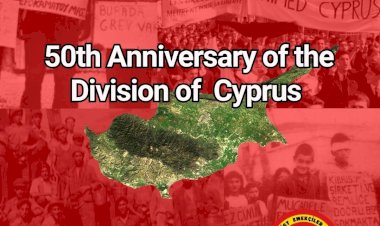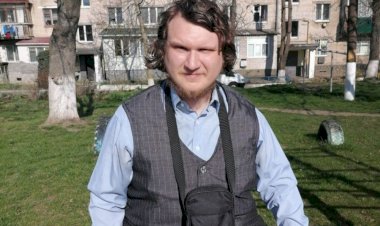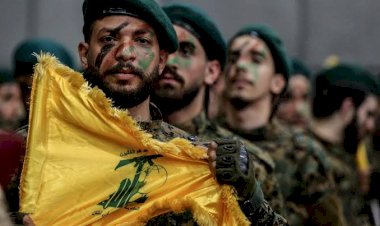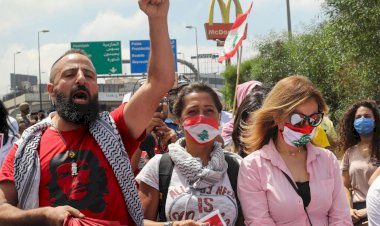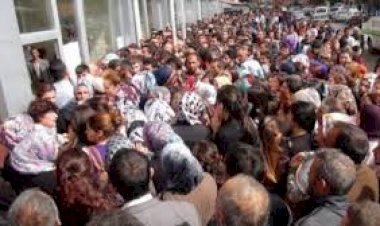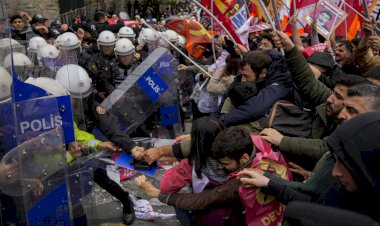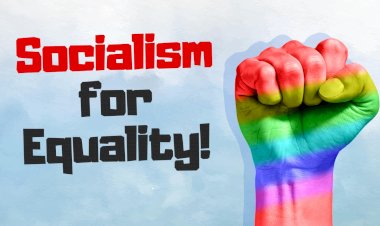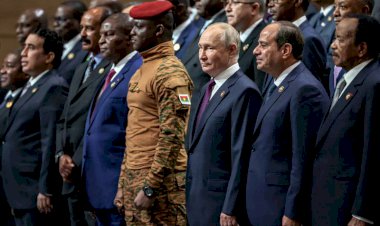Bangladesh: Youth Uprising and the Fall of a Pharaoh
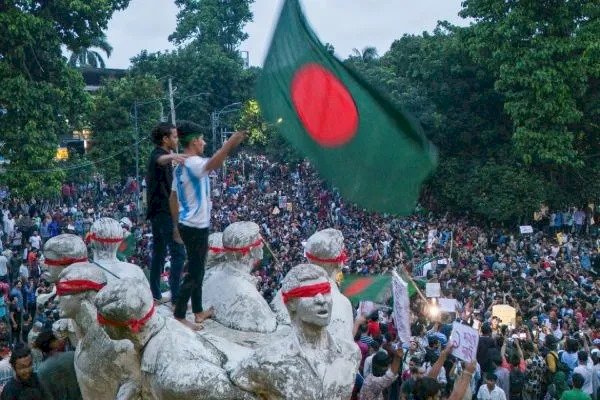
By Umar Shahid
Dramatic events have been unfolding in recent days in Dhaka, the capital city of Bangladesh. Thousands of young people stormed into the Ganabhaban, the official residence of the Prime Minister, demanding her resignation, and succeeding in achieving it, having fled the country in a military helicopter.
The official residence of the Prime Minister was the most “esteemed” building that had symbolised government authority for so long. The audacious opposition of the youth to the government has drawn much attention, but it also serves as a pointer to the increasing pressure for change, challenging deep-seated political ‘norms’.
The 15-year government of Sheikh Hasina was knocked over like house of cards by this powerful movement of youth and workers. It showed that the ‘Iron Woman’, as she had been called, had feet of clay. She had to flee in such hurry that she could not deliver her last speech. It was the powerful army that had stepped into to restore ‘order’ – as they saw it – and the only way to do that was to ditch the government. Now Bangladesh has entered a new stage, where political instability will dominate and this movement of youth will give new impetus to the consciousness of millions of workers.
One of students, Asif Mahmud, said in a video, "We are anticipating that martial law may be imposed by withdrawing democracy in Bangladesh. However, we have said yesterday…that we will not accept any martial law or government which supports fascism." Another of the coordinators of the youth movement strongly rejected any proposal of an interim government under military leadership and categorically explained that people do not want martial law. Whatever ‘representive’ government is formed, youth and students will continue their peaceful protests until all their demands are fully met.
Spark and Flame
The current movement was not a spontaneous movement. A leading role was played by the movement “Students against Discrimination” and young workers, after the government had announced very high job and university quotas for the families of veterans of the war of independence – although this was 53 years ago. The students were active on campuses throughout country, arguing and fighting for their due rights. The removal of quota system was one of their main demands and others included a lowering of tuition fees and better facilities for students across the campuses.
Although the initial movement centred on Dhaka University and only a few other parts of country, the subsequent arrest of students and their and torture by the state, spread the movement throughout the country. In the course of the police attacks on students, scores of students were killed. In all parts of country, a mass mobilization against state brutality turned into a mass rebellion of students and youth, with widespread public support.
The workers, especially those in garments and textiles industry, played a decisive role in the movement. In many parts of country, garment workers not only supported the movement passively, but they joined the student demonstrations.
In the beginning, the Hasina regime tried to suppress the movement through state brutality, but later on, weakness and cracks began to appear in the government’s resolve. On July 21, the Supreme Court of Bangladesh struck down a previous ruling by the High Court on quotas, but brought in a 5% quota and announced 93% job would be open merit.
This verdict did not quell the movement, but gave it new life. Protestors started to ask that their other demands be met and now the main demand became the resignation of Prime Minister Hasina, and justice for all those protesting students who had been mercilessly killed by the police.
As the movement gradually advanced, as the consciousness of people, this movement turned into a mass rebellion against system that enslaved them for several years. In final action, on 4th August, students along with workers gave call for a mass march on the capital Dhaka with a single demand “resignation of Hasin”. Sheikh Hasina termed this call as act of terrorism and vowed to deal this with iron hands. This call for mass march was backed by the call of a 48-hour strike by the garment workers and the wheel jam strike in large numbers by workers and transporters in Chittagong was observed. However, in surprising events, the demonstrators were given easily access to Capital and all hurdles were already removed. The main reason behind was emerging divisions within Military, at many places military lower ranks refused to open fire at movement. Although the Police and paramilitary forces brutality tried to suppress movement and there have been more than 300 killings and several injuries reported so far. The army chief had already criticized Sheikh Hasina against dragging of Military into fight with the people. The whole status quo of society was shaken by this powerful mass rebellion; it was the reason that Army jumped into and overtook country and tried to control the situation. Women were also an important aspect of this movement, according to reports, mothers continued to deliver food to the protestors and during the state crackdown sheltered students and protestors in their homes with the public and without asking their names and examples of countless sacrifices are present.
Background
The current movement against quota system saw revival in June 2024 when the High court reestablished the 30% job quota reservations of the civil service posts for the children and grandchildren of the freedom fighters who fought in the Bangladesh Liberation War. This considered as reversal of students demand won after 5-month long battle against quota movement back in 2018. At that time, Government of Bangladesh dismissed the quota system for recruitment in first and second-class jobs and Sheikh Hasina was agreed to abolish all quota system. It is worth remembering that Sheikh Mujibur Rahman, founding father of Bangladesh in 1972, introduced the current quota system. Under this system 44% of first and second class government jobs are “merit based” whereas remaining 56% are reserved for specific communities, like 30% for the children and grandchildren of freedom fighters, 10% for woman, 10% district quota for “backward” districts, 5% for ethnic minorities and 1% for people with physical disabilities.
The movement against quota system is indication of deep-rooted sentiments of Bangladeshi society; it acted as last straw that broke the camel back, the movement sparked the underlying contradiction of society. Although this movement or demand to abolish quota is not relative new but it has been much-debated topic in young generation. The foremost political expression of this demand has been seen in 2013. The most recent student movement in Bangladesh was organized against the quota system in 2013 when demonstrations took place on campuses, and Sheikh Hussain was lured by reforms and crushed the movement. The government's imposition of Value added tax (VAT) on private education in 2015 sparked yet another movement. Yet this movement ends into victory as VAT has been withdrawn. After the death of two students in a road accident in 2018, the student movement again started against road safety and this time laws were passed against safety and accidents. The current movement started after 2021 mainly because of unemployment, there is not enough wages and suitable jobs.
Historical Perspective
The root causes of this movement can be found into foundation the country. Before independence of country, the Pakistani imperialism was exploiting the East Bengal people, from 1948-60 East Pakistan’s export earnings had been 70%, but its share of import earnings was only 25%. In 1948, there were 11 textile mills in the East and only nine in the West and in 1971 there were 26 in the East as opposed to 150 in the West. Charles Smith of the Financial Times, London in an article in 1971 wrote, “If East Bengal is amongst the 8 poorest countries in the world it has to be partially attributed to the very fact that it is a part of Pakistan. At partition, East Bengal was actually better off than the west wing in a number of important aspects.” The economic deprivation and rampant exploitation was main cause behind liberation movement in East Bengal. The 1968-69 period in Pakistan saw tremendous students and workers revolt in country, in East Pakistan there were red soviets were formed. In order to stop the revolution to successful or spread in neighbor country, the movement was rigorously suppressed and again East Pakistan separated on basis of national question. The newly state founding fathers promised Bengalis a new prosperous and economic developed country. It is no doubt that after independence, Bangladesh kept its progress as in 1971, the size of its GDP was only USD 6.2 billion and today, the GDP grew to USD 431 billion (nominal), taking the country to the 35th position in the world economy. It still hailed as "Role Model for Development" by imperialist financial institutions like World Bank and IMF. The World Bank (WB) recently forecasted the 5.7% GDP growth for the next fiscal year.
Rising Income Inequalities
However, this economic growth has benefit a little minority; it is fair to say that masters have been changed from imperialist’s exploiters now country has its own exploiters. According to the Household Income and Expenditure Survey (HIES) 2022, published by the Bangladesh Bureau of Statistics (BBS), the rich-poor gap in terms of income distribution has been widening in the country. The report indicated that 30.04% of the income generated in Bangladesh is concentrated within the top five percent of households. This proportion was found to be 27.82 percent in the 2016 HIES. Concurrently, despite a relative decline in the poverty rate, the income share for the bottom 50 percent of households decreased to 19.05 percent in 2022 from 20.23 percent in 2016. Bangladesh Poverty Watch Report 2022 revealed that 35 million people remained poor since 1990 despite the poverty rate halving in the last three decades. Although there is only one billionaire which featured in Forbes list Aziz Khan who owns wealth worth of $1.1 billion. In countries like Bangladesh, it’s very common to hide their wealth and safe their money in offshore accounts. However, in view of available data, it is worth noting that there is huge gulf between poor and rich. Bangladesh central bank reported that despite the economic slump during Covid-19, the number of millionaire accounts (in Tk) rose by 13,881 in 2021 alone. Similarly, according to Global Wealth Report-2021 by Credit Suisse Research Institute, there are now 21,399 millionaires in Bangladesh. It is worth mentioning that in some of the report’s previous editions show that there were no millionaire in Bangladesh in 2010.
As some economist may agree that inflation is the root cause of economic inequality, the cost of necessities such as eggs, chicken, onions, potatoes, sugar, and oil has been steadily rising in Bangladesh in recent decades. Many members of low-income groups struggle to make ends meet and cannot afford to eat two square meals a day. People's backs are against the wall, as evidenced by the large number of middle-class people who also line up in front of the Trading Corporation of Bangladesh's Open Market Sale trucks to purchase items at reduced prices in addition to the low-income group. Because of a few major corporations controlling the import of necessities, a market monopoly in food supplies has been created. Income has not grown at the same rate as the rising prices of necessities, those who are poor or have low incomes have been forced to reduce their spending, which has caused them great financial difficulty.
Exploitation of Working Class
According to the Bangladesh Bureau of Statistics, The development of the country is dependent on textiles and foreign laborers. While more than, 51 percent of the revenue consists of services. This growth actually took place in cheap labor, worst exploitation and low skilled sectors. Rising inflation, fuel crisis and rapidly rising costs have made this an unbearable situation in life. From 2015 until now, according to government reports, workers' protests have been recorded over the average daily wage dispute. Since 2023, 35 serious cases have been filed against the workers and thousands of workers have demonstrated. France24 reports, “Bangladesh's 3,500 garment factories account for around 80% of the South Asian country's $55 billion annual exports, supplying many of the world's top names in fashion. However, conditions are dire for many of the sector's four million workers, the 85% of whom are women whose monthly wages start at 8,300 taka ($75). Since 1990, more than 400 workers have died and several thousand more have been wounded in 50 major factory fires”.
Youth Unemployment
The employment situation is worse in country, according to the Bangladesh Statistical ' Labor Force Survey, the number of unemployed individuals in Bangladesh increased to 2.59 million in the first quarter of 2023, from 2.32 in the last quarter of 2022. A staggering 79.7 percent of the unemployed population is young people, and perhaps even more concerning is that 89.2 percent of youth employment is in the informal sector. Bangladesh is relative young country where a quarter of the country's population is between the ages of 15 and 29, and the official unemployment rate is 4.20% percent, while the serious analysts calculations is more than 12% and most of them are young people. An important finding from Labour Survey is shifting of jobs from industry to agriculture. There is notable decline of jobs in industry whereas rise in the share of employment in agriculture. It may be due to retrenchments of workers from the manufacturing sector and reverse migration to rural areas. Also, Bangladesh’s NEET (Not in Education, Employment or Training) rate is nearly double the global average. Labour survey reported NEET rate 39.88%, over 10% higher than of 2016-17. It means more people are leaving labor market due to disappointment. There is precarious working conditions in country, while working people suffer from poverty as among the Asian countries, Bangladesh ranked 20th with average monthly salary at $299.
What is Next?
The students movements in Bangladesh has revolutionary traditions, It has proved its potential at political arena several times. Now again we have witness the marvelous movement which topped Hasina regime. The absent of revolutionary leadership has again posed the question of power. The Military, which is instrumental force behind exploitation and keeping order in countries like Bangladesh – again it is playing its role as mediator to preserve power structure. However below pressure of the movement they are unable to take any action. As these lines are being written there has been changes in Military personals, the Army is in negotiating with movement representatives for setting up an interm government. The name of Muhammad Yunus former Managing Director of Garmin Bank has been surfaced for chief advisor for new government. The same Yunus who is infact an important person of imperialist institutions who should not be there. Among people, there is a lot of anger and frustration and very high expectations that all of the situation. The people have spoken their voice, now Military may appear leading the show, but the movement has its own contradiction. The huge potential that ousted Hasina would not stop or backed merely by Military or compromises. If we see the role of current left parties of country, The government's coalition partner, the Stalinist Bangladesh Labour Party, first remained mute on the movement; however, when police violence against students increased, it was compelled to release remarks denouncing the violence. Under the guise of the "Left Democratic Alliance," the Communist Party of Bangladesh, the Socialist Party of Bangladesh, and the Revolutionary Communist Union denounced the government but counseled students that political pressure—rather than drastic measures—would be more suitable. In larger geographical context especially regional imperaiist powers like China and India, it would not to be ignore their role in sabtogaging the movement and intervening into situation to gain their own benefits. The movement serve is a watershed moment in the overall struggle against capitalism in South Asia. The Military Junta cannot be trusted as they are part of same machinery that enslaved Bengali people for a long time. On the other hand main opposition party BNP (Bangladesh National Party) led by Begium Zia Rehman is not a savior but part of same class. The polarization is now clear and society can be visibility seen into two important camp, one is camp of bourgeois of which Shiekh Hasia was just a representative and camp of students and workers. There will be more struggles within two camps will more sharp and we may see more insurrections in coming times. The giant working class has just shown its power but it hasn’t entered into political surface as whole. The Hasina regime has been defeated but the system, which gave birth to such regime, is still alive and it will more brutal in coming times. The natural allies of Bangladesh people are not these bourgeois or imperialist power but real allies are workers and students of India, Sri Lanka, Nepal and Pakistan.
Against all odds, the heroic resistance of the Bengali masses, under the leadership of students and workers, ultimately triumphed. This victory is a beacon of hope for oppressed people worldwide, demonstrating that even the most brutal tyrants can be defeated through the power of unity and resistance. The true salvation lies in destroying whole capitalism in region, which will act as start of world revolution. After Sri Lanka now Bangladesh and next maybe Pakistan or India. As youth unemployment is rampant and anger against ruling class in nearly boiling point. The mighty awakening of South Asian workers and youth will shake the world.
Forward for a Socialist Federation of South Asia!



